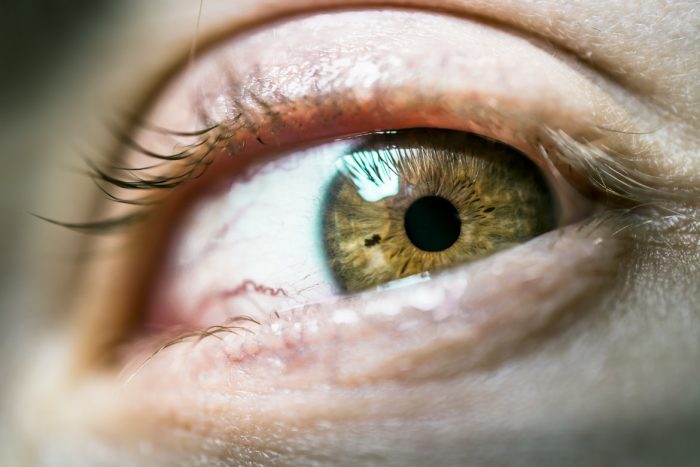“We are ingesting microplastics at levels consistent with harmful effects…” ~ Evangelos Danopoulos
~
A new study, published in November, 2021, is warning us of the danger of tiny particles that are invading our bodies.
No, it’s not yet another new variant of COVID-19.
They’re called microplastics.
And they’re being found in everything.
Microplastics are bits of plastic that are less than 5 millimeters in size. To compare, this would be about 1/3 of a grain of rice, or the equivalent of a sesame seed. They form when plastics begin to break down or they’re created for products like makeup, clothing, and fishing nets.
We’ve seen the horrific pictures of plastic being found in the bellies of ocean-dwellers—some so full of plastic, they’ve died, likely in agony.
But what we’re not paying enough attention to is that they’re in us, too.
The study looked at five different effects of microplastics on our bodies: a cell’s survival and death, our cell’s immune response to the plastics, penetration of the cell wall, damage done to our cells, and its ability to change the genetic structure of the cell. The first four were proven to be present, and there was no evidence of the last. The study also indicated that the shape of the microplastic matters. Rounder—less damage; jagged—more damage. Makes sense.
Researchers focused on the effects of microplastics on cells, not whole human test subjects, so this is only a start. There’s still a lot we don’t know—for example, how long they stay in our bodies after we ingest them, either through eating or breathing.
However, I can’t see how this can be good for the human body—why would we want anything to cause premature cell death? On the mild side, we age faster, but harsher repercussions of cell death can lead to neurodegenerative diseases, infections, and cancer. Luckily, we’re not going to genetically evolve into microplastic zombies looking for our next Tupperware lid to snack on. But that’s pretty much where I expect the good news to end. Pregnant rats have already been shown to pass microplastics from their lungs to their unborn fetus—yikes. So, yes, I don’t expect that when we do learn more, we’re going to hear, “it’s all okay everyone, phew!”
How are we ingesting microplastics in our everyday lives?
Here’s a short list:
>> tap water
>> bottled water
>> table salt
>> seafood
>> beer
>> sugar
>> honey
>> air
Yep, even the air you breathe—the dust in it—has microplastic in it. (Yet another reason to keep that mask on your face, eh?)
We don’t yet understand what this is doing to us on a larger scale, but I, for one, do not want to just…let it take me out. I mean, does anyone? Doesn’t the thought of having your cells full of plastic sound gross? It is only going to get worse as our use of plastic increases—because switching to metal straws just isn’t making a dent, you guys. It’s not.
The only way we’re going to reduce the amount of microplastic making its way into our bodies is to stop making it. Stop buying it. Stop supporting it. All on a much grander scale.
Want to know how to go plastic-free? Start here.












Read 4 comments and reply